Events of recent days hint at a new cycle of development. AB has again made the crossing from California to St. Petersburg. Less than a day after arrival, Tatyana Apraksina managed to reopen a space and sit down to work at her desk in the magazine’s historical editorial offices on Apraksin Lane. The first meetings with supporters of the magazine’s Work have already taken place. The Russian print run of the latest issue was delivered on time for three days of presentations and is now in many contributors’ and readers’ hands. AB has also reclaimed Apraksina’s neighboring art studio, having gained an opportunity to enter the space and start restoring order there for the first time in more than twenty years.
That order turns out to include a trove of treasures shoved aside during the years of the studio’s occupation by interests alien to Blues. AB has rehung a group of Apraksina’s paintings from the mid-90s — the beginning of the age of Blues — paintings formerly trapped and plausibly lost in the plundered space. This is artwork that for more than twenty years no one could view directly and much of which had never been documented with reproductions.
Also found in the rescued studio is the once-missing 1986 painting “In Memoriam – Gutnikov.” The latter painting, which many viewers have loved dearly, proved particularly dusty and rumpled in its desolation — directly opposed to the outlet to transcendent serenity indicated by the painting’s subject. “Poor Gutnikov,” Apraksina says ruefully, as if with regard to both the painting and the long-departed violinist to whom it is dedicated.
Emphatically, such wounds are merciful marks of dedication to the high. They are battle scars. All these paintings manifest an axis where embodiment in time connects with infinity. Struggle is one of the conditions of their existence in the world.
“The first thing avaricious people do at their nearest opportunity,” says Apraksina, “is take down my paintings from walls.” Attempting to hide the possibility of a choice of selflessness, of transcendence.
Also found are a painting and a sculpture by the African artist Raymond Dalakena, who lived on the territory of the future AB editorial office in the late 70s.
Viewers can now reacquaint themselves with these resurrected works — for the first time in the new millenium.
One man wishes Apraksina, overloaded with preparing the spaces for their turnaround, “Take some time to recuperate.” “That’s probably not the most urgent thing right now,” she replies, laughing. “In that case, savor the moment!” he jokes back. And she heads off to savor the moment some more, rolling up her sleeves along the way.
Sacred objects from the sphere of the AB studio are also unearthed: old vases and statuettes, musical instruments consonant with the artist’s and editor in chief’s professional and philosophical orientation toward musicians as heroes. The greater part of these dusty instruments turns out to be crammed together, often without cases and with scrolls dangling downward, behind a large easel shoved into the corner of a storage closet. Their extrication from there is difficult, like dismantling inverted crucifixions on a shared cross. Not surprisingly, as a rule, these instruments also bear traces of trauma.
The out-of-tune antique upright piano may be tunable. Dust is easily wiped away. But the mandolin’s soundboard is now coming off, the small cello’s bridge has collapsed, and a scratch has appeared on the painted skin of one of the old Chinese drums. A guitar on which giants of musical culture have played now has a large crack and was evidently restrung for a lefty before its consignment to oblivion.
All the instruments remain emblems of the beautiful. They are alive and still able to give and to speak.
On the scratched Chinese drum is the image of a phoenix. It’s suddenly clear where the phoenix came from in Apraksina’s painting on the same subject. “Of course,” says Apraksina, “there’s a direct connection. I’ve looked at that drum so much in my life.” The painting dates from 1995 — the year of Blues’ founding. Like a phoenix, the magazine’s community was born from ashes. And now is reborn from the ashes of yet another era.
There is a sense that all the objects in the art studio have spent years hiding in terror and only now are letting themselves be seen again. After an extended regime of defilement, “treasure island” is opening up anew.
On the first day, a guest tells of how her heart overflowed on her way to the Lane. She recalls how, in years past, she might walk here at night and see lights burning only at these windows. And from the windows, the beat of a Chinese drum might also carry. “For me, this place is sacred!” she exclaims. This guest brings a yellow rose.
The rose stands for a day in a vase on a table in the editorial office. Then it’s hung upside down to dry on the studio’s wall. Finally, it’s set in a vase again, in a new steady state. This is the first flower offering of AB’s new time.
From France, an author, long familiar with the well-known spot on the Lane, writes that on the night of AB’s arrival she had a dream of painting the walls in the editorial apartment. Everyone feels something is happening. Everyone is taking part directly, at whatever distance, by whatever means.
Everything changes amazingly quickly. And so recently this was more or less completely unimaginable! As Apraksina says, “I have a good working belief in the invisible.”
As order is restored, ever fewer reminders of the era of disorder remain. The way is shut for any return to such an era. It is shut by the expanded ranks of paintings standing guard. It is shut, too, by people’s visits, with their human warmth and notions.
For the days of presentations and meetings with the magazine’s leadership, people are traveling from Moscow and as far away as Volgograd. Greetings arrive from Germany, France, Israel, Taiwan, and various states in America.
More and more people make contact with AB. Many first learned the editorial telephone number decades ago; using it again, they realize they recall it readily now.
Right from the first presentation, it becomes clear that a need for AB is felt like never before. Some attend all three days in a row. Someone speaks of the long-overdue prestige of phenomena without obvious pragmatic aims. Someone speaks of the breath of fresh air that AB gives in the stuffy contemporary context. It’s important, some say, that AB exists completely free of any administrative burden. That at AB’s gatherings, people can say what they think, without even introducing themselves to each other, and just remaining thinking people, as equals.
That both the editorial office and the art studio are on the very first floor seems more than a coincidence. Yes, from a residential point of view, first floors are traditionally less valued than others, at least in Russia — the first floor tends to be colder than higher ones, as water is heated from above, starting with the top floor. On the other hand, it’s quite easy to come here and find warmth in cultural association.
One visitor says, from the threshold, “I came here because I read in your announcement that eras are changing, that one era is ending and another is beginning. I feel that, too; I think about that a lot, and I’m hoping to discuss it.”
Selfless transcendence is possible. There is such an alternative. There are such precedents. One has hung on here for decades, with relevancy spanning millennia.
Maybe it was necessary to wait twenty years for society to mature for AB, for society to grow disappointed in readymade new superfluities. For people to feel, at least unconsciously, that they again need such a physically embodied forum for developing new principles of interlocution, for calibration of themes, for ardent searches for truth. As one participant said, “All of these conjunctions are so needed. They give a person both a spark and a fullness, like with gasoline. Then that spark finds the person’s gas tank. Life depends on that combustion.”
The presence of one of the proposed characteristics of the new era and of Petersburg itself, indifference, seems to fly away quickly from everyone whose life it might have touched.
It’s said that lately many people feel surrounded by shells, with no chance for broader social influence. But here, with AB, people seem to forget the issue of social influence entirely. And start feeling happy. And why not? As Apraksina reminds, all worthy things have always begun with solitary people. When resonance with truth begins, that means it’s necessary to continue. There will be results. There are results. With AB, that all can be seen.
— James Manteith, St. Petersburg

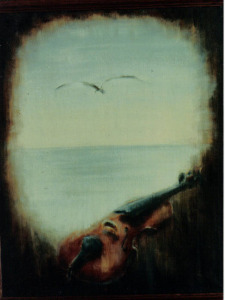
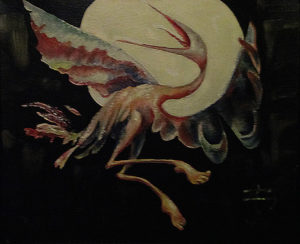
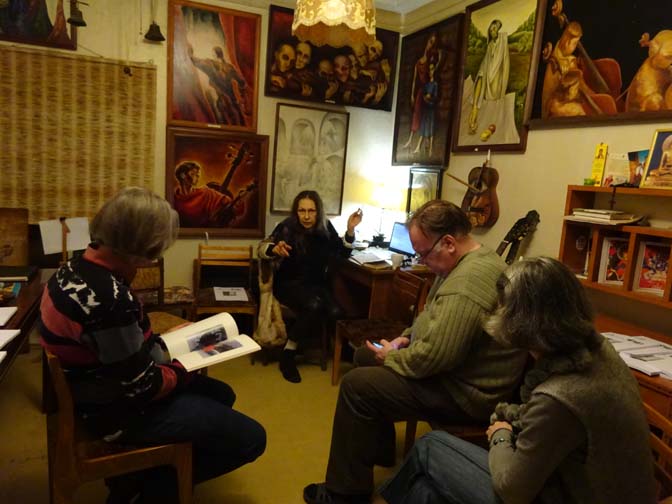
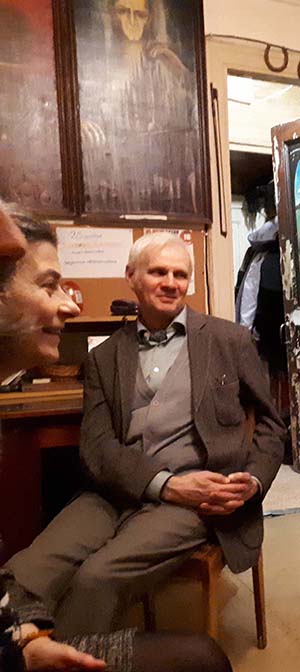
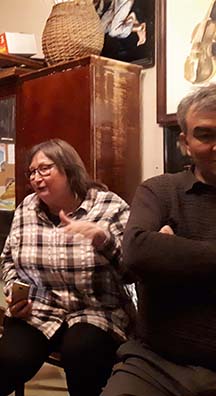
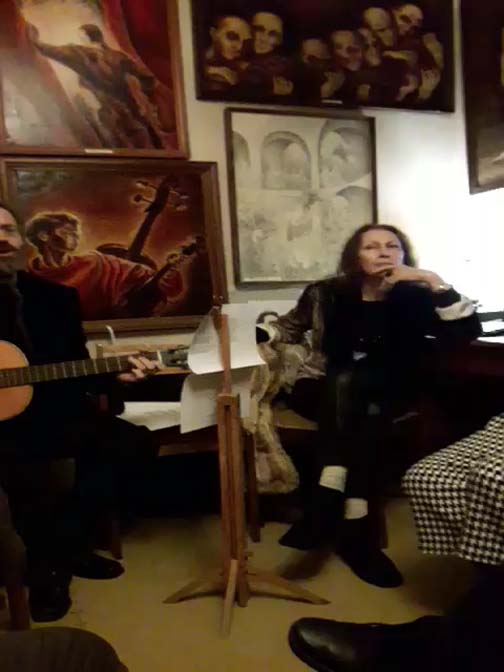
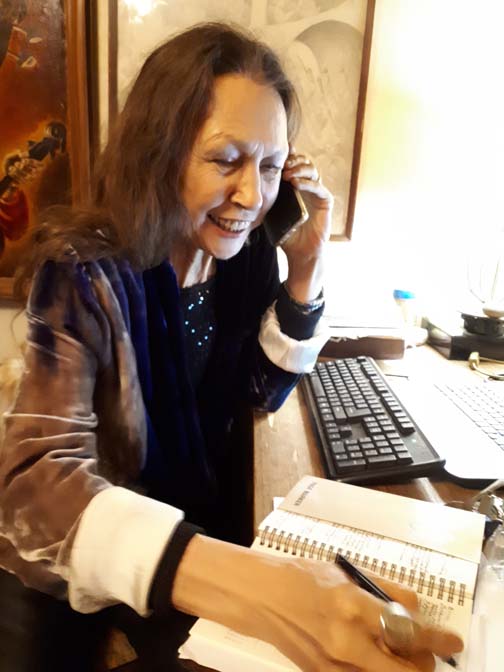
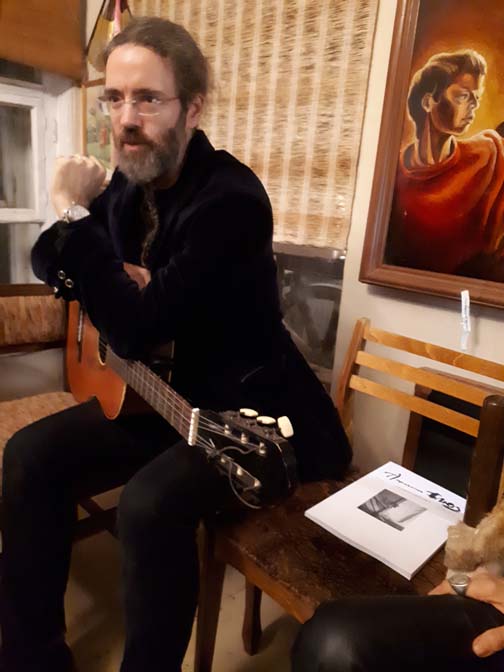
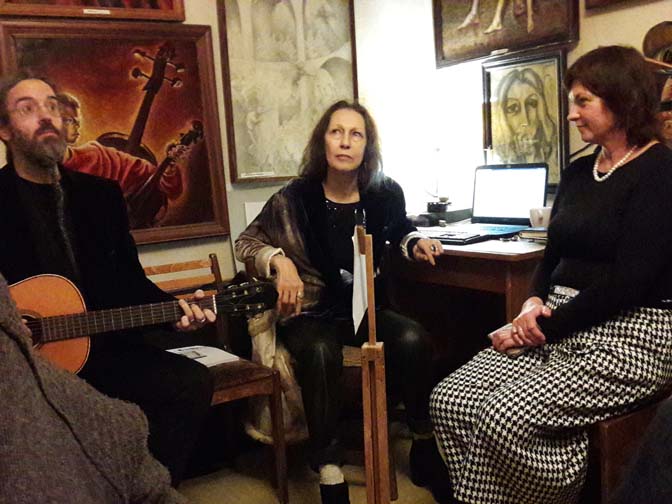
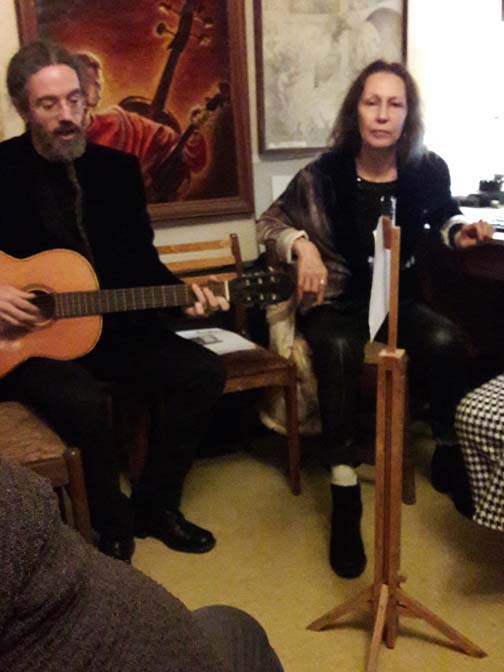
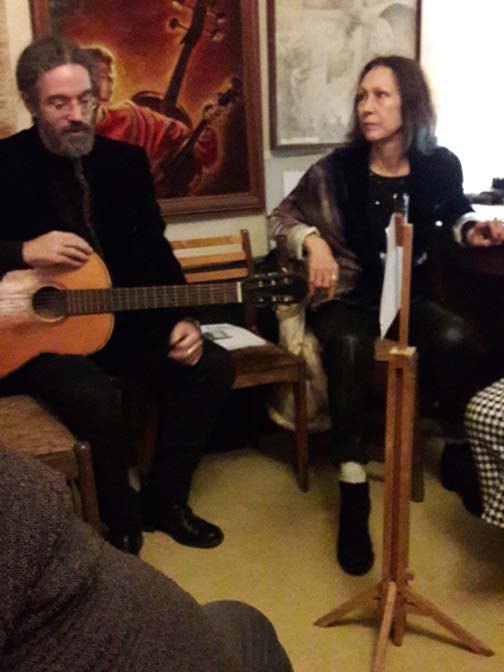
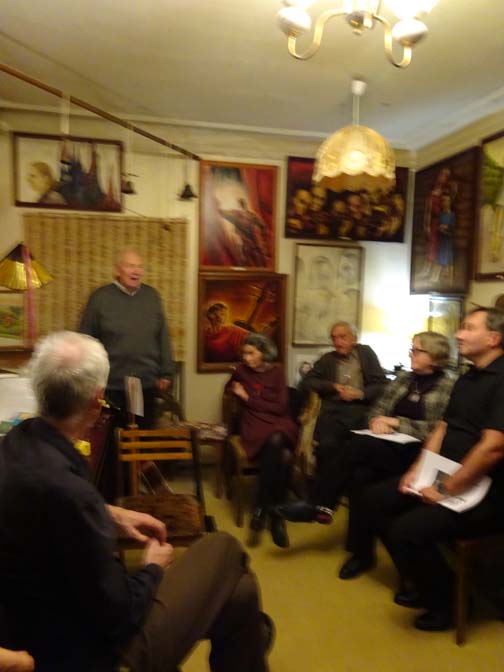
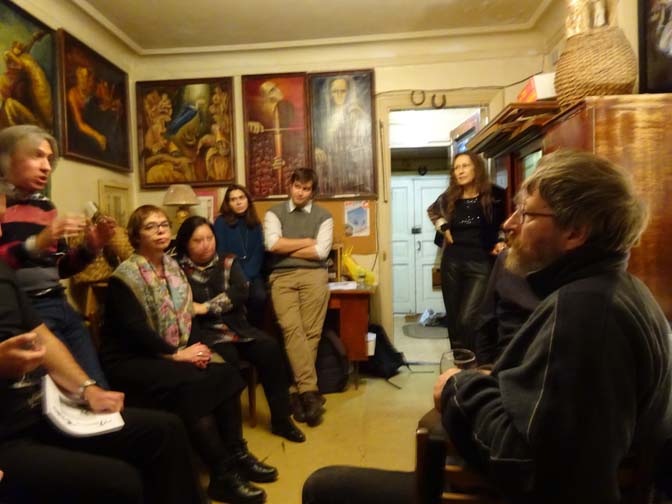
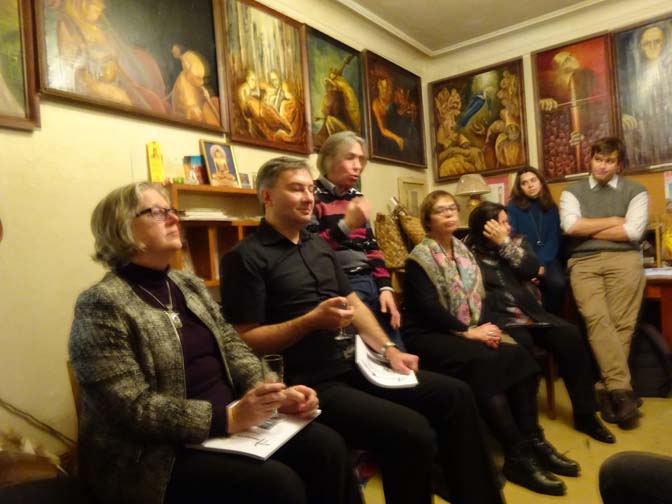
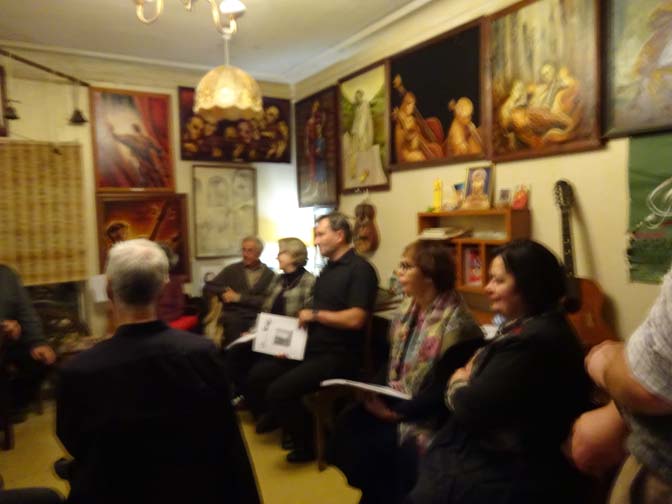
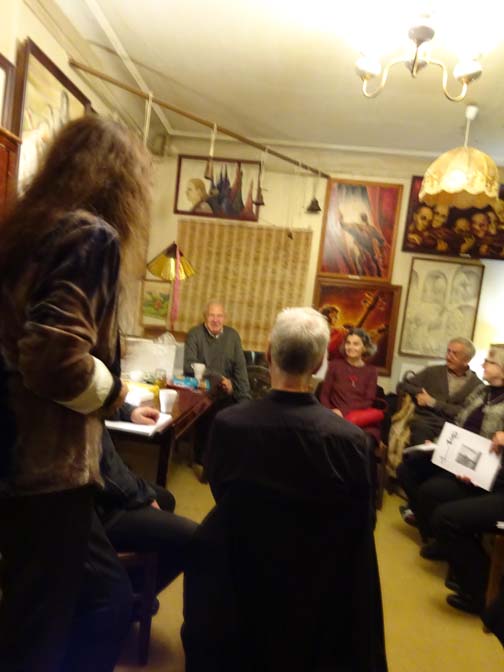
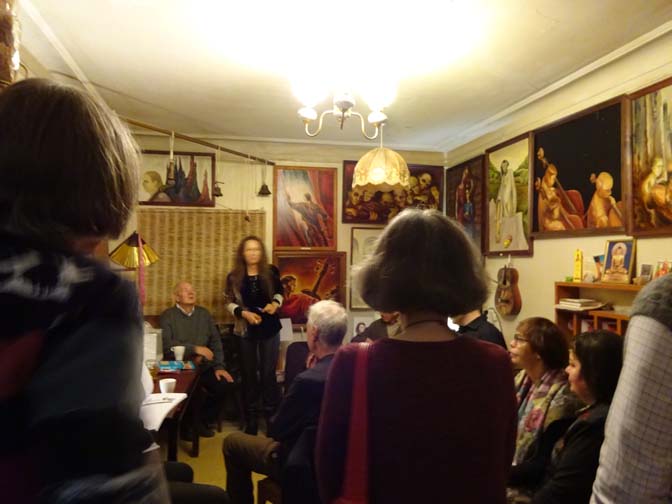
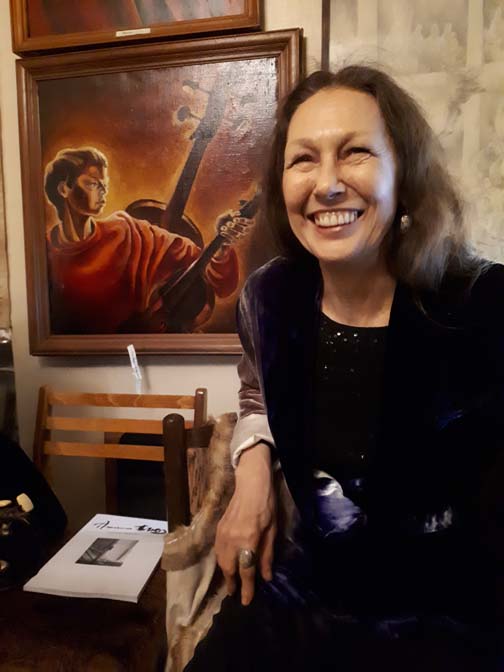
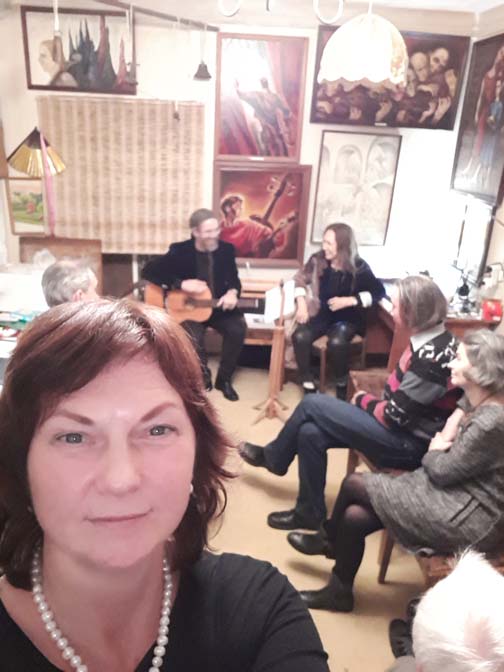
Speak Your Mind